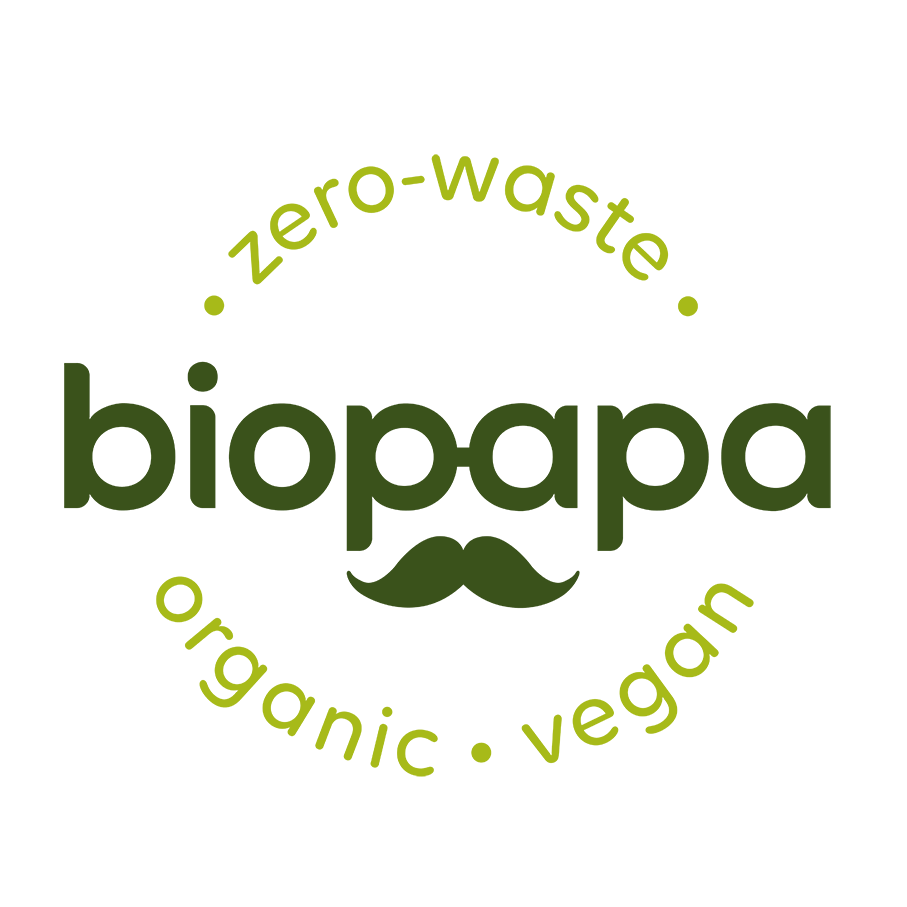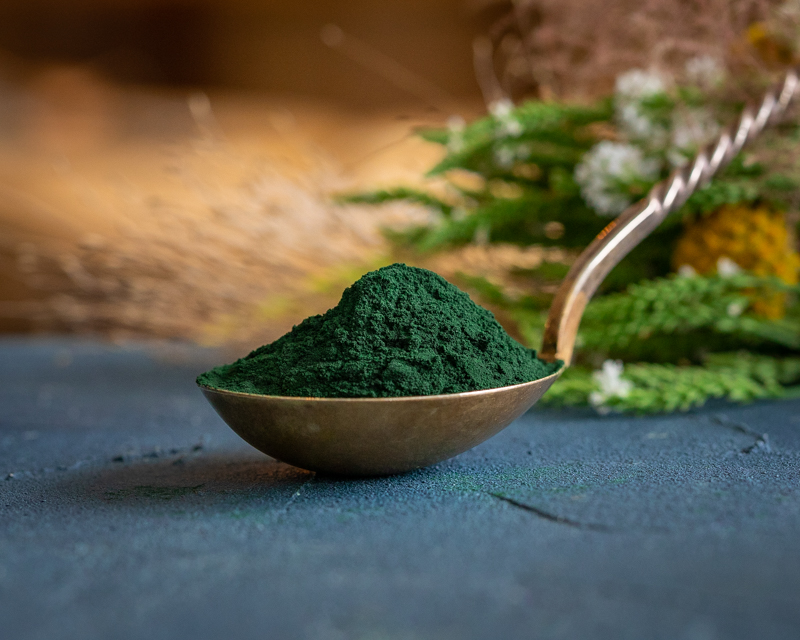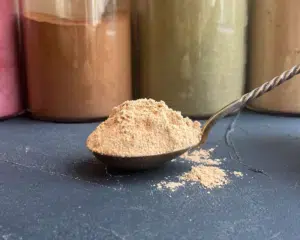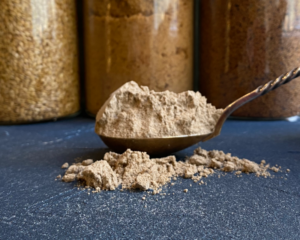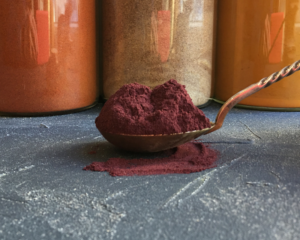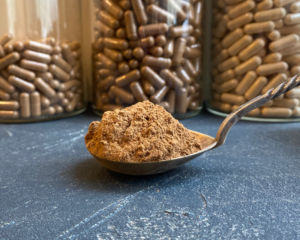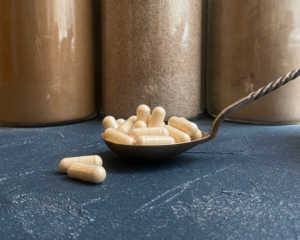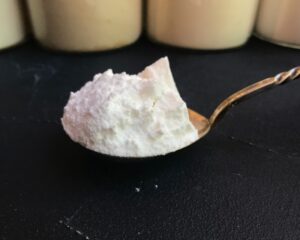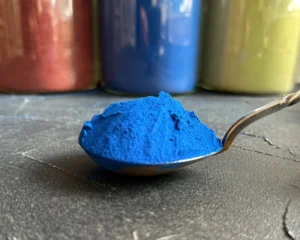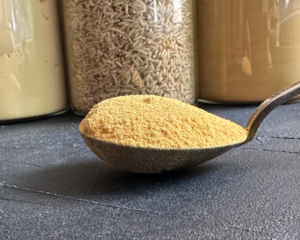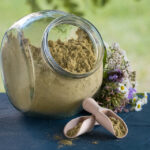
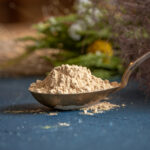
Organic green Spirulina powder
From 2.20€

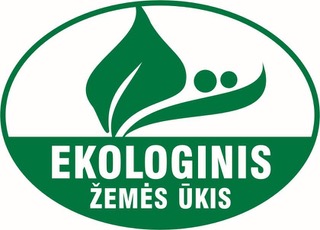
Spirulina, a nutrient-rich algae, has gained popularity as a superfood thanks to its impressive health potential. Blue and green juicing spinach has gained attention not only for its health benefits but also for its sustainable farming methods.
Green juice spirulina
Chlorophyllin – Green spirulina gets its colour from chlorophyll derivative chlorophyllin. Chlorophyllin is known for its potential detoxifying and antioxidant properties.
Protein – Like blue spirulina, green spirulina is a rich source of plant protein, providing all the essential amino acids.
Vitamins – Green spirulina contains vitamins such as group B vitamins (B1, B2, B3, B6, B9 and B12), vitamin C, vitamin E and vitamin K, which contribute to various physiological functions.
Minerals – Green spirulina is rich in essential minerals such as iron, magnesium, potassium, calcium and zinc, which support overall health and vitality.
Carotenoids – Green spirulina contains more carotenoids than blue spirulina, including beta-carotene, zeaxanthin and lutein. These compounds act as powerful antioxidants and support eye health.
Essential fatty acids – Green spirulina may contain essential fatty acids, including alpha-linolenic acid (ALA), which contribute to heart health and overall well-being.
Attention!
Allergic reactions – people allergic to seafood or algae may be sensitive to spirulina and should be cautious when using it.
Digestive upset – in some cases, taking spirulina may cause mild digestive problems. Starting with a small amount and gradually increasing intake can help measure tolerance.
Spirulina is not recommended for people with autoimmune diseases or for pregnant or breastfeeding women.
Sources:
https://projects.research-and-innovation.ec.europa.eu
https://www.ncbi.nlm.nih.gov,
https://www.sciencedirect.com
NB! The information provided here should not be interpreted as a recommendation for treatment or other types of health problems. We recommend that you make personal health decisions after evaluating different sources of information.
100% organic spirulina
Energy value 1214 kJ / 290 kcal
Fats 5,5 g
- of which saturated fatty acids 2,7 g
Carbohydrates 15,5 g
- of which sugars 3,1 g
Fibre 3,6 g
Protein 62,5 g
Salt 2,6 g
Vitamin A 117 mg
Vitamin B1 ≥2,5 mg
Vitamin B2 ≥3 mg
Vitamin B3 ≥80 mg
Vitamin B6 ≥0,5 mg
Vitamin B12 ≥0,05 mg
Vitamin E 7,5 mg
Calcium ≥2 mg
Phosphorus ≥500 mg
Magnesium 85 mg
Iron 40 mg
Potassium 250 mg
Selenium ≥0,005 mg
Gamma-linolenic acid (GLA) ≥700 mg
Store in a cool, dry place and protect from direct sunlight. Do not freeze.
